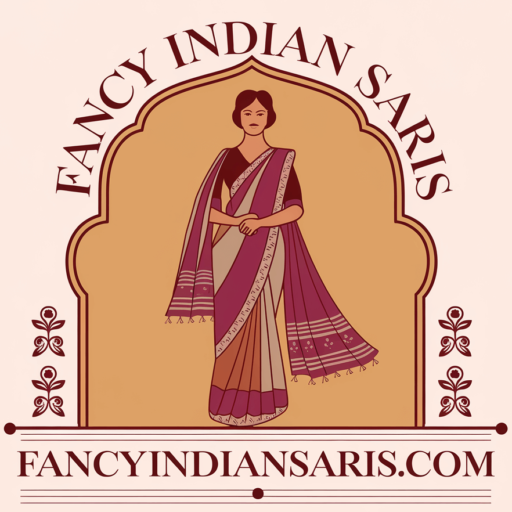Is wearing a saree navel style something of a modern custom? In the Natya Shastra , an ancient Indian treatise describing ancient dance and costumes, the navel of the Supreme Being is considered to be the source of life and creativity; hence the midriff is to be left bare by the saree.
The Indian saree has been indeed the clothing choice for Indian women for thousands of years. Not surprisingly, this six yard long piece of rectangular, woven, cotton cloth can be worn in many different ways.
Adding to this unique quality, the saree can also allow a woman to move around with freedom, while maintaining her modesty, and can be used to either hide or accentuate a figure without being revealing.
Can all of this be said for any other modern style of clothing?
In the Silappadhikaram, an example of ancient tamil poetry, and the Sanskrit work, Kadambari by Banabhatta, describes women in exquisite sarees of all kinds.
Wearing A Saree Navel Dress is Fashionable
Many women struggle with the dilemma of wearing a saree above or below the navel. Do people admire it or do they feel it is vulgar to expose the navel?
In today’s world, flaunting the navel is generally not viewed as distasteful. It is recommended that you do it in a graceful way, so that it is not too obvious.
Overcoming Shyness
If you want to wear low hip fairly showing your navel, you can feel shy about it. There are some tips to overcome this shyness.
One way is to use a transparent saree with a single layer or an opaque saree draped so that the navel is visible. A way to cope with your shyness is to realize that the world is not staring at you, as most people are too preoccupied with themselves.
Another way to feel more comfortable in a saree navel type dress is to learn how to like yourself by writing a love letter to yourself, doing things you enjoy, giving your body gratitude for its effortless functions, and spending quality time getting to know yourself.
A simple, but effective technique to overcome your anxiety about exposing your navel is to practice taking deep, steady breaths, while focusing on your breathing.
Historic Customs
The Indian saree, which has been around since 2800 B.C., is a fantastic and unique style of clothing that we wish to share with the world and have continue on for many more millennium.
Originally made from cotton only available in a few colors and designs, the saree is now available in many different colors, textures, and designs.
In addition, there are even many different styles of wearing your saree to be fashionable, such as the gujarati way, maharashtra method, tamilian version, bengali style, and kodagu style.
A saree can also be worn above or below the waist. Currently, it is fashionable and accepted to wear the saree below the waist to expose the navel. Despite being more common and accepted, some women still struggle with the use of a saree navel type dress due to their shyness.
If you learn how to love yourself and your body, realize that people are not staring at you, and focus on taking deep breaths you can overcome this anxiety and shyness.
Different Ways of Wearing a Saree
A saree navel type or not can be draped and wrapped in many different ways that are both fashionable and virtuous.
A few examples are the gujarati way, maharashtra method, tamilian version, bengali style, and kodagu style.
The Gujarati Way
This style of draping, also referred to as the seedha pallu way, is typically used in parts of Uttar Pradesh, Rajasthan, Madhya Pradesh, and Bihar. The pleats of the saree are tucked so that they open to the right and the pallu is taken to the back and brought over the right shoulder. The rest of the cloth is spread across the chest and then the left edge is tucked at the back.
Maharashtra Method
In order to use the maharashtra method, the saree must be eight meters long. One part of the saree is lifted up between the legs and tucked in behind at the waist. The remaining portion is draped as a pallu over the bosom. This method allows greater freedom of movement.
Tamilian version
The tamilian version requires eight meters of cloth, just as the maharashtra method. This style is wrapped around the waist with the pleats positioned along the left leg. The remaining part of the saree is draped over the left shoulder, wrapped around the waist again, and tucked in the left side.
Bengali Style
The bengali style is pleatless and worn wrapped around the waist, brought back up to the right side with the pallu draped over the left shoulder. After that, the pallu is brought up under the right arm and once again draped over the left shoulder.
Kodagu Style
The kodagu style is commonly used by women in the Kodagu district of Karnataka. The folded pleats are formed in the back, while the pallu is thrown from the back over the right shoulder. A pin is used to secure the saree.
Conclusions
As you see, a saree navel type dress or other types of sarees are giving you the possibility to adapt and change the garment, according to your taste, location and occasion.
Check out the beautiful saree navel dresses we have for you on this web site.
